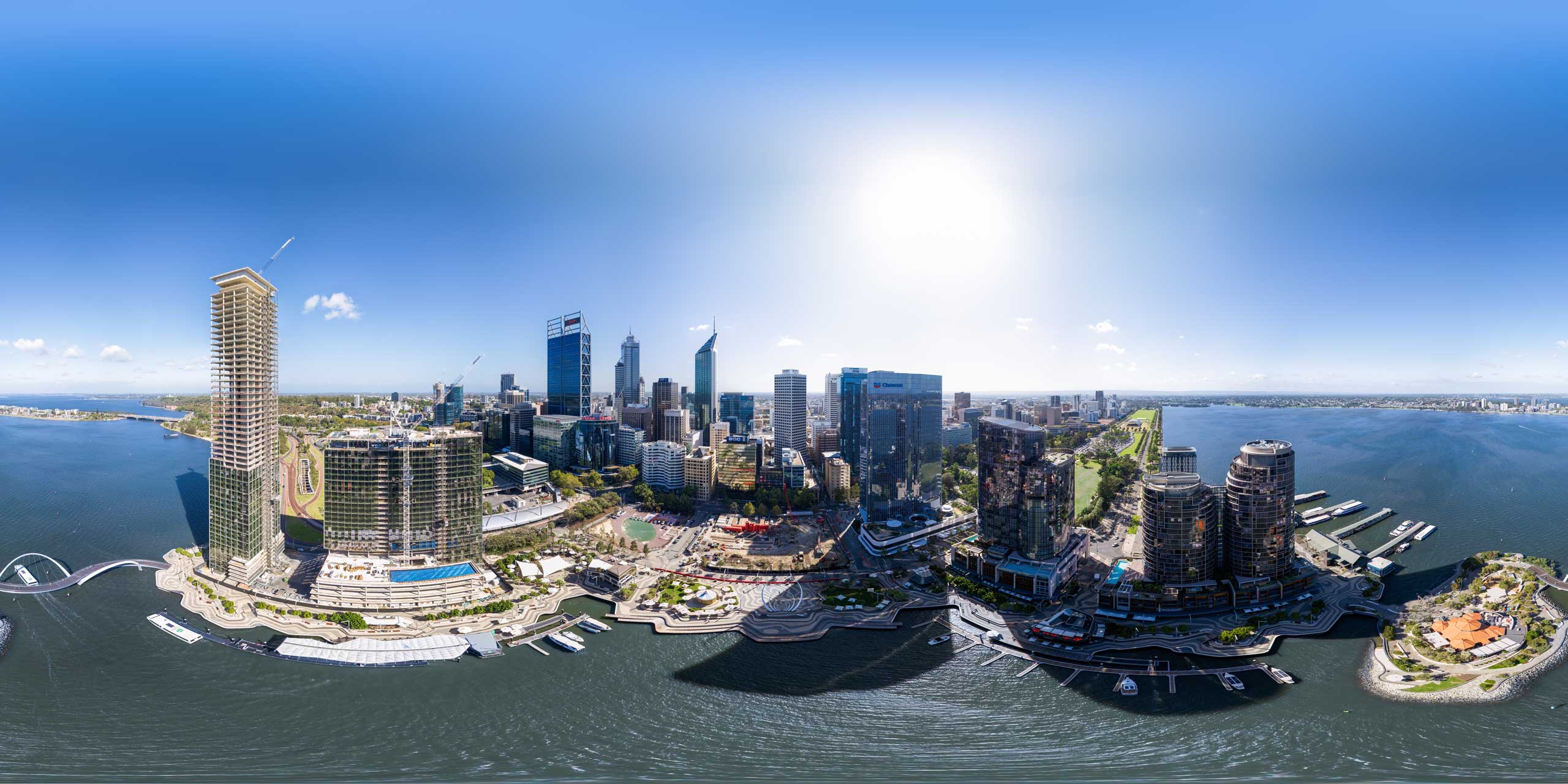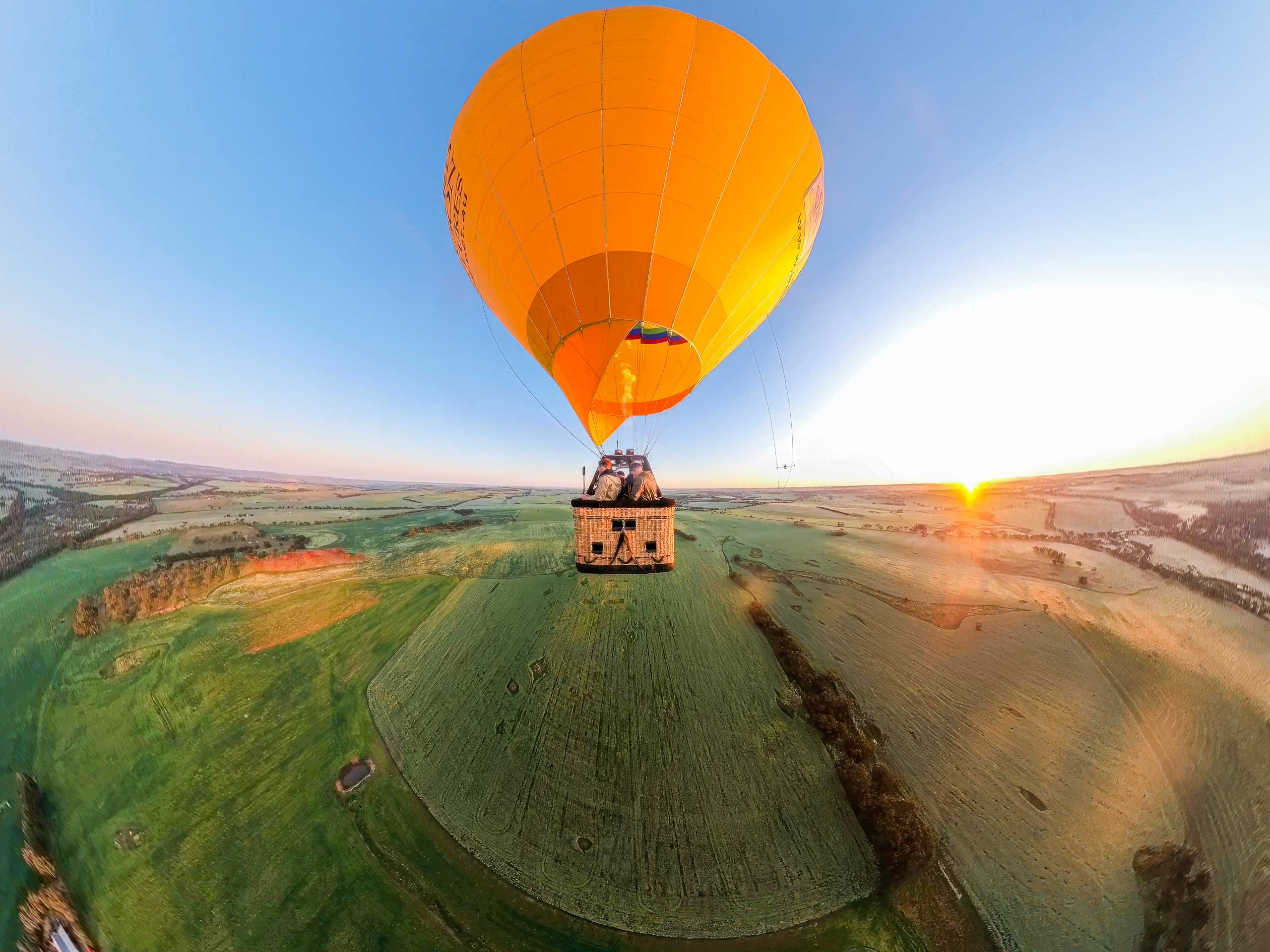How do you create an immersive experience that fully engages your audience? The answer lies in 360 VR video production. As virtual reality (VR) continues to reshape the landscape of digital media, creating compelling 360 VR videos has become an essential skill for content creators. This comprehensive guide explores the nuances of 360 VR video production to help you master this innovative medium.
In this article, we will delve into what makes 360 VR videos unique, the critical equipment needed for production and the techniques required to create captivating VR content.
Key Takeaways
- Understanding 360 VR Video Production: Learn what differentiates 360 VR videos from traditional videos and why they’re pivotal in modern media.
- Essential Equipment: Discover the VR cameras, audio gear and editing software that are crucial for producing high-quality VR content.
- Filming Techniques and Editing: Gain insights into effective filming strategies and post-production techniques, including stitching and adding interactive elements.
- Overcoming Challenges: Find solutions to common issues such as stitching errors and viewer engagement in VR environments.
What is 360 VR Video Production?
360 VR video production involves creating videos that allow viewers to explore every direction from a single point of view, offering a fully immersive experience. Unlike traditional videos, where the frame is fixed, 360 VR videos provide a spherical view that can be navigated using VR headsets, mobile devices or computer screens.
Differences Between Traditional Video and 360 VR Video
In traditional video production, the camera captures a scene within a rectangular frame, directing the viewer’s focus. In contrast, 360 VR video encompasses the entire environment, giving viewers the freedom to look around in any direction. This immersive quality not only enhances viewer engagement but also requires a different approach to storytelling and camera work.

Essential Equipment for 360 VR Video Production
Producing high-quality 360 VR videos requires specific equipment designed to capture and edit spherical footage.
VR Cameras
VR cameras are crucial for 360 VR video production. These cameras feature multiple lenses to capture the full 360-degree view. When choosing a VR camera, consider factors such as resolution, stitching capabilities and low-light performance. Some recommended introductory models include the Insta360 One RS One Inch, known for its high-resolution capture and user-friendly interfaces.
Audio Equipment
Audio is a critical component of VR experiences. Capturing immersive sound requires specialised equipment such as ambisonics microphones, which record sound from all directions, enhancing the sense of immersion. It’s important to synchronise audio with the video for a cohesive VR experience.
Editing Software
Editing 360 VR videos requires software that can handle spherical footage. Adobe Premiere Pro, Final Cut Pro, Davinci and Mistika are popular choices. These programs offer features for stitching video segments, adjusting the field of view and adding interactive elements.
Accessories
Stabilisation is vital for smooth, professional-looking 360 VR videos. Accessories like tripods, gimbals and stabilisers help maintain camera stability, especially in dynamic shooting environments. These tools are essential for minimising motion blur and providing a more comfortable viewing experience.

Step-by-Step Guide to Filming 360 VR Videos
Creating 360 VR videos involves several stages, from pre-production planning to post-production editing.
Pre-production Planning
Effective planning is key to a successful 360 VR video. Start by defining the purpose of your video and your target audience. Choose locations that enhance the immersive experience and plan camera placement carefully to avoid capturing unnecessary elements.
Camera Setup and Positioning
Proper camera setup is crucial in 360 VR video production. Since the camera captures everything around it, ensure it is positioned to avoid unwanted objects and crew members in the shot. Use markers to indicate the camera’s position relative to the action and consider the height and angle for the best viewer perspective.
Filming Techniques for Immersive Experiences
Filming in 360 degrees requires a different approach than traditional videography. Focus on creating scenes encouraging viewer interaction, such as actions happening in multiple directions. Keep in mind, fast camera movements can be disorienting, so aim for smooth transitions and avoid abrupt changes in speed or direction.
Tips for Capturing High-Quality Audio
Good audio is essential for an immersive experience. Use high-quality microphones and consider the acoustic properties of the environment. Ambient sounds should complement the visual elements, enhancing the viewer’s sense of presence.
Editing and Post-Production
Editing 360 VR videos involves several specialised techniques to ensure a seamless and engaging viewer experience.
Software Tools for Editing 360 VR Videos
Software tools like Adobe Premiere Pro are essential for editing 360 VR videos. These programs offer features for importing, stitching and editing spherical footage. They also support VR headset previews, allowing you to experience the edited video as your audience would.
Techniques for Stitching Video Footage
Stitching involves combining footage from multiple lenses into a single seamless 360-degree video. This process can be challenging, especially when dealing with moving subjects or complex scenes. Use software tools to fine-tune the stitching process, adjusting for differences in colour, lighting and perspective.
Enhancing Video Quality and Sound
Post-production is the time to refine your video’s quality. This includes colour correction, stabilisation and adding effects to enhance the visual experience. Similarly, audio editing tools can help balance sound levels and eliminate noise, ensuring clear and immersive sound.
Adding Interactive Elements and Special Effects
Interactive elements like clickable hotspots or annotations can enhance the viewer’s experience by providing additional information or directing attention. Special effects, such as transitions or animations, can also add to the immersive quality of the video, making it more engaging and memorable.

Common Challenges and Solutions in 360 VR Video Production
Creating 360 VR videos comes with its own set of challenges, from technical issues to maintaining viewer engagement.
Overcoming Technical Difficulties
One common issue is stitching errors, where seams are visible in the final video. This can be mitigated by careful planning during filming and using advanced stitching software. Another challenge is managing the large file sizes associated with 360 VR videos, which can be addressed by optimising video settings.
Ensuring Viewer Engagement in 360 Environments
Keeping viewers engaged in a 360 VR environment requires thoughtful content design. Encourage exploration by placing points of interest in different directions. Use narrative cues and interactive elements to guide viewers through the experience, ensuring they see key parts of the story.
Balancing Quality and File Size
High-quality 360 VR videos often result in large file sizes, which can be a problem for storage and distribution. Balancing quality with file size involves choosing the right resolution, bitrate and compression settings. Aim for the highest possible quality while keeping file sizes manageable.
Conclusion
Ready to transform your content with immersive 360 VR video production? birds eye media has the expertise and cutting-edge equipment to bring your vision to life. Our experienced team knows how to navigate the unique challenges of VR video, ensuring high-quality results that captivate and engage your audience.
Don’t let stitching errors or viewer engagement issues hold you back. With careful planning and the right tools, we’ll help you overcome these challenges and unlock the full potential of VR technology. As the industry evolves, we stay ahead of the curve, offering innovative solutions and creative possibilities.
Take your storytelling to the next level with 360 VR video. Contact birds eye media today to discuss how we can elevate your project and deliver outstanding VR content that stands out.
Check out our work here!

